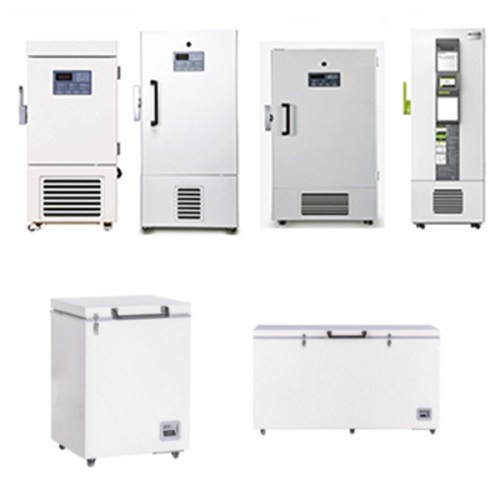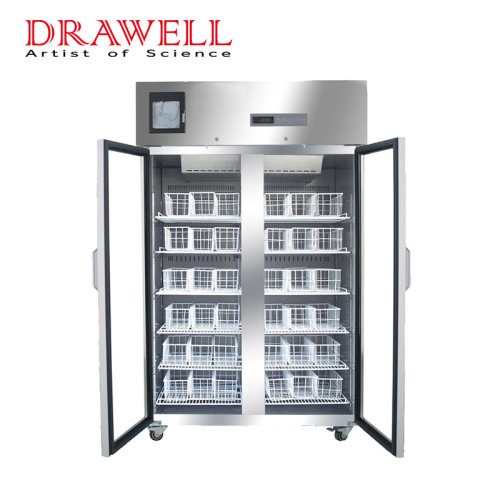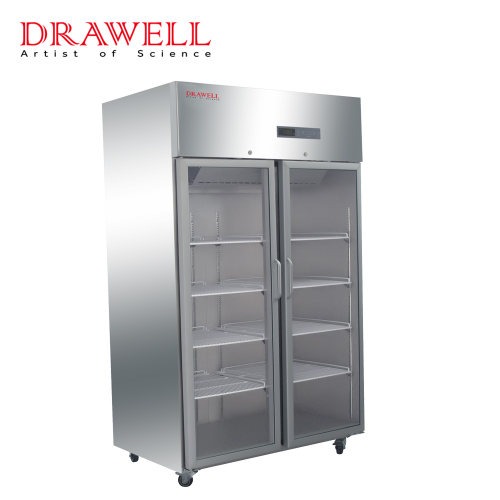Maintaining precise temperature control in laboratory refrigerators is crucial for the preservation of sensitive samples, reagents, and pharmaceuticals. Two critical parameters that define the efficiency and reliability of these refrigerators are temperature stability and temperature uniformity. Understanding and optimizing these aspects ensures the integrity and viability of stored materials.
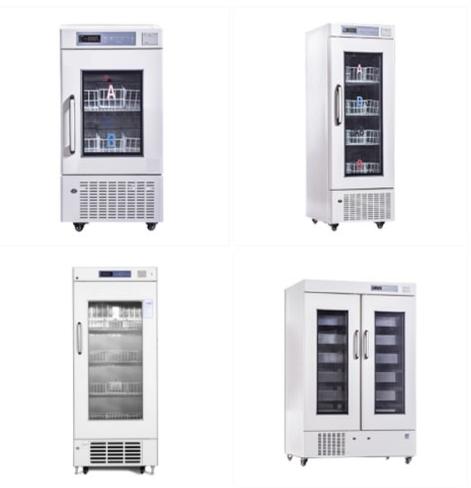
What are Temperature Stability and Uniformity in Laboratory Refrigerators?
Temperature Stability
Definition: Temperature stability refers to the refrigerator’s ability to maintain a consistent internal temperature over time. A stable temperature minimizes fluctuations, ensuring that stored items are kept within a narrow temperature range.
Temperature Uniformity
Definition: Temperature uniformity refers to the consistency of temperature distribution throughout the interior of the refrigerator. High uniformity means that all areas inside the refrigerator maintain the same temperature, without hot or cold spots.
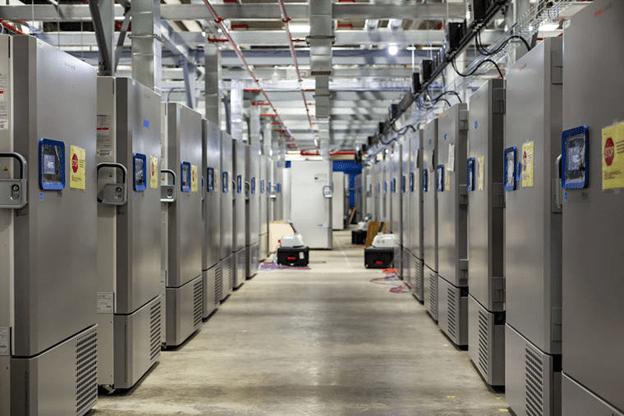
Importance of Temperature Stability and Uniformity in Laboratory Refrigerators
1. Preservation of Sample Integrity
- Temperature-sensitive Materials: Lab freezers are used to store many biological samples, enzymes, DNA, vaccines, and pharmaceuticals which are highly sensitive to temperature fluctuations. Maintaining stable temperatures within narrow ranges is essential to prevent degradation or denaturation of these materials.
- Consistent Conditions: Temperature stability ensures that samples are exposed to consistent environmental conditions, minimizing the risk of alterations or damage that could compromise experimental results or product efficacy.
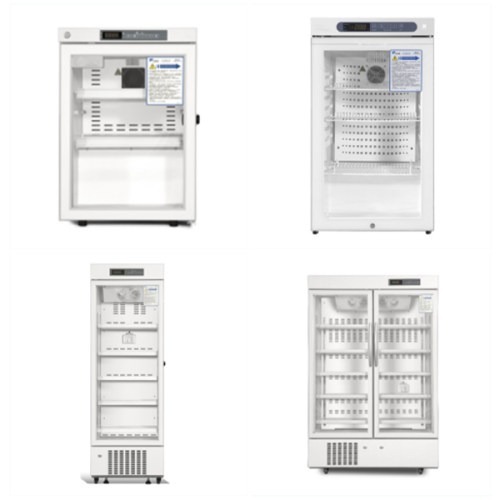
2. Reliable Experimental Results
- Experimental Consistency: Fluctuating temperatures can introduce variability into experimental procedures, leading to unreliable data and inconsistent results.
- Reproducibility: Stable temperature conditions facilitate the reproducibility of experiments by providing a consistent environment for sample handling and analysis.
3. Regulatory Compliance
- Quality Assurance: Adherence to regulatory standards and guidelines is crucial in laboratory settings, particularly in pharmaceutical, medical, and research environments.
- Compliance Requirements: Many regulatory agencies mandate specific temperature stability and uniformity requirements for the storage of pharmaceuticals, vaccines, clinical samples, and other temperature-sensitive materials.
4. Product Safety and Efficacy
- Patient Safety: Ensuring the safety and efficacy of pharmaceuticals and medical products is of utmost importance in healthcare settings.
- Quality Control: Consistent temperature control is essential to maintain the quality and efficacy of stored products, ensuring they meet regulatory requirements and are safe for use.
5. Cost Savings and Waste Reduction
- Minimized Losses: Temperature stability and uniformity help minimize the risk of sample or product loss due to temperature-related damage or degradation.
- Reduced Waste: Maintaining optimal storage conditions extends the shelf life of stored materials, reducing the need for replacement and minimizing waste.
6. Reputation and Trust
- Reliability: Laboratories that prioritize temperature stability and uniformity demonstrate a commitment to quality and reliability in their operations.
- Trustworthiness: Ensuring the integrity of stored samples and materials enhances the trust and confidence of stakeholders, including researchers, clinicians, regulatory agencies, and patients.
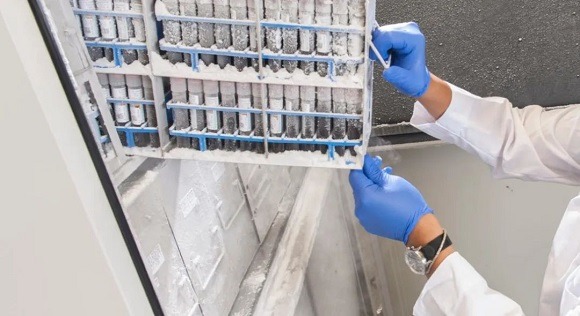
Factors Affecting Temperature Stability and Uniformity in Laboratory Refrigerators
| Factor | Impact on Stability | Impact on Uniformity |
| Insulation Quality | Reduces influence of external temperature changes | Helps maintain consistent internal temperature |
| Compressor Efficiency | Ensures rapid response to temperature deviations | Affects overall cooling performance |
| Temperature Control Systems | Maintains precise internal temperature | Ensures accurate temperature readings and control |
| Air Circulation | Promotes even cooling and minimizes fluctuations | Ensures consistent temperature distribution |
| Defrost Cycles | Can cause temporary temperature fluctuations | Impacts overall temperature consistency |
| Door Openings | Introduces warm air, causing temperature spikes | Can create localized temperature variations |
| Environmental Conditions | External temperature and humidity affect stability | External conditions can create temperature gradients |
| Gasket and Seal Condition | Prevents air leaks, maintaining internal stability | Ensures proper sealing to prevent temperature variations |
| Refrigerator Loading | Overloading can obstruct airflow and create hot spots | Even distribution of items affects temperature uniformity |
| Maintenance Practices | Regular upkeep prevents performance degradation | Consistent performance supports uniform temperatures |
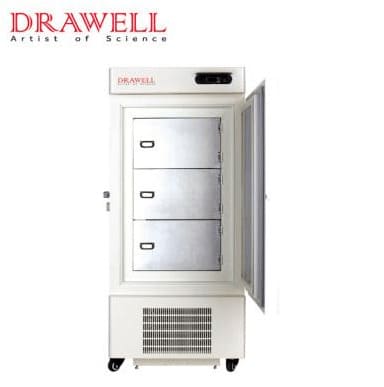
Key Optimization Strategies for Temperature Stability and Uniformity in Laboratory Refrigerators
1. Regular Maintenance
- Inspect and Clean Components: Regularly inspect and clean the refrigerator’s components, including the compressor, condenser coils, evaporator coils, and fan blades. Accumulated dust and debris can impede airflow and reduce cooling efficiency.
- Replace Worn Parts: Replace worn or damaged parts, such as gaskets, seals, and insulation, to maintain optimal performance. Damaged seals can lead to air leaks, compromising temperature stability.
2. Calibration and Monitoring
- Calibrate Temperature Sensors: Regularly calibrate temperature sensors and controllers to ensure accurate temperature readings and control. Calibrating these components ensures that the refrigerator maintains the desired temperature consistently.
- Temperature Monitoring System: Implement a temperature monitoring system to continuously monitor temperature conditions within the refrigerator. Automated alerts can notify laboratory staff of any deviations from the set temperature thresholds, enabling timely intervention.
3. Airflow Optimization
- Promote Even Airflow: Ensure proper airflow distribution within the refrigerator by organizing contents to allow for unobstructed airflow. Avoid overcrowding shelves and compartments, which can obstruct airflow and lead to temperature variations.
- Clean Air Vents: Regularly clean air vents and fan blades to prevent obstruction and ensure efficient airflow circulation throughout the refrigerator’s interior. Blocked vents can disrupt airflow, leading to temperature inconsistencies.
4. Defrost Management
- Optimize Defrost Cycles: Adjust defrost settings based on the specific requirements of the refrigerator and the contents being stored. Minimize the frequency and duration of defrost cycles to reduce temperature fluctuations and maintain stability.
- Scheduled Defrosting: Implement a scheduled defrosting routine to prevent ice buildup on evaporator coils, which can impede airflow and reduce cooling efficiency. Regular defrosting helps maintain optimal temperature conditions.
5. Environmental Control
- Control Ambient Conditions: Position the refrigerator in a controlled environment away from direct sunlight, heat sources, and areas with high humidity. External factors such as ambient temperature and humidity levels can impact temperature stability and uniformity.
- Temperature Regulation: Monitor and regulate ambient temperature conditions within the laboratory to minimize their impact on refrigerator performance. Maintain stable environmental conditions to ensure consistent temperature control.
6. Door Management
- Minimize Door Openings: Minimize the frequency and duration of door openings to prevent warm air from entering the refrigerator. Encourage laboratory staff to retrieve items efficiently and close the door promptly to maintain temperature stability.
- Check Seals and Gaskets: Regularly inspect door seals and gaskets for signs of wear or damage. Damaged seals can lead to air leaks, compromising temperature uniformity. Replace worn seals to ensure proper sealing of the refrigerator door.

Conclusion
Ensuring temperature stability and uniformity in lab refrigerators is essential for the integrity and reliability of stored samples and materials. By understanding the factors affecting these parameters and implementing strategies to optimize them, laboratories can maintain the highest standards of sample preservation and regulatory compliance.


